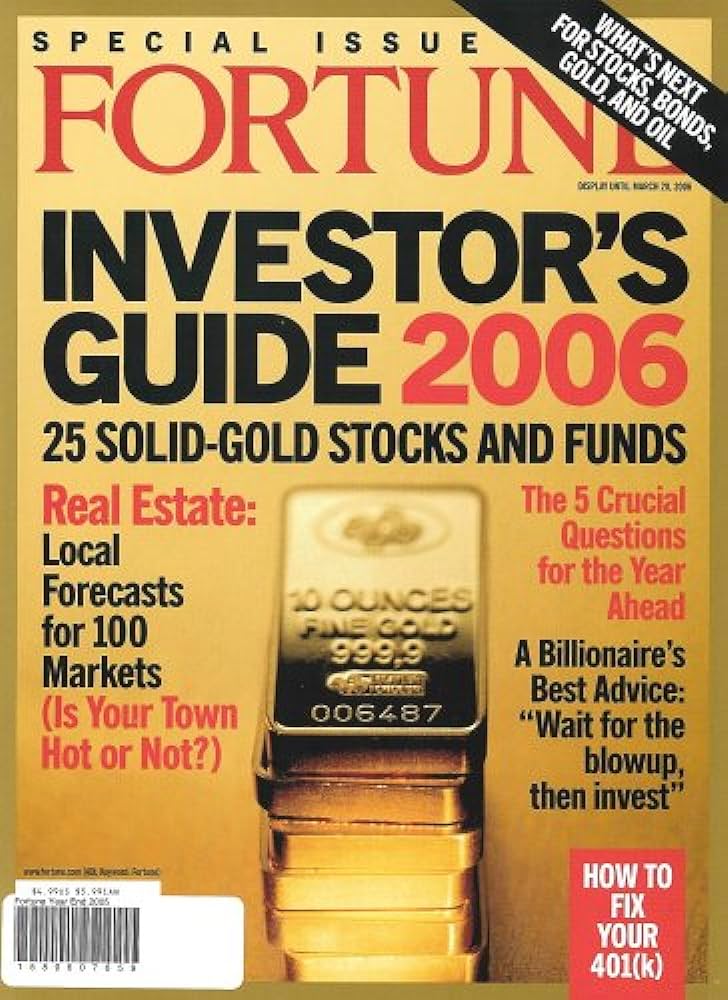It’s taken me months to organize all of my research for my next book project; it’s a lot of stuff, some dating back to 2000. Much of it reflects the bad ideas and numbers, and worse advice, that float around Wall Street. A lot of it has not aged well.
But every now and then, something I saved turned out to be prescient — not because it was lucky, but because it contained a well-considered insight that has stood the test of time. Such was the case with a Justin Fox article “9% Forever?” in the December 26, 2005 edition of Fortune (their annual investors guide):
“In May 1974, in the depths of the worst bear market since the 1930s, two young men at a University of Chicago conference made a brash prediction: The Dow Jones industrial average, floundering in the 800s at the time, would hit 9,218 at the end of 1998 and get to 10,000 by November 1999.
You probably have a good idea how things turned out: At the end of 1998, the Dow was at 9,181, just 37 points off the forecast. It hit 10,000 in March 1999, seven months early. Those two young men in Chicago in 1974 had made one of the most spectacular market calls in history.”
The guys who made that prediction: Rex Sinquefield, co-founder of Dimensional Funds (DFA) which now runs about 677 billion; and Roger Ibbotson, professor at Yale, and winner of too many awards to count for his contributions to investing theory. As Fox wrote: “Simply put, if you believe that stocks are fated to return 10% on average over the long haul, Ibbotson is probably the reason why.”
Ibbotson’s key insight was equity returns are driven by the combination of dividends1, earnings growth, and inflation.
Calculating returns back to May 1974 gives us numbers that look like this: S&P 500 Index annualized generated gains of 8.44%; if you reinvested the dividends, the annualized gains were 11.43%.2
Having spent a lot of time this year reviewing some pretty terrible investing theories, stock recommendations, and market forecasts, it was a genuine pleasure to find an academic-based approach highly reliant on CRSP historical data used to push our understanding of investing further. (To say nothing of a contrarian but accurate extrapolation of future market returns).
Kudos to Ibbotson and Sinquefield for their work, and to Justin Fox for reminding us of their contributions (in 2005!).
Previously:
MIB: Roger Ibbotson of Yale, Ibbotson Associates, and Zebra Capital (March 23, 2019)
Source:
9% Forever?
By Justin Fox
Fortune Magazine, December 26, 2005
__________
1. Today, we would add Buybacks to Dividends; the combination is often called “Shareholder Yield.”
2. Fox: “When they finally published their work in 1976, they presented their forecast as the middle point of a wide range of different possible results. The mean forecast for the 25 years through 2000 was for 13% annual stock market returns, with 95% confidence that the return would be between 5.2% and 21.5%. (The actual return was 15%.)”


